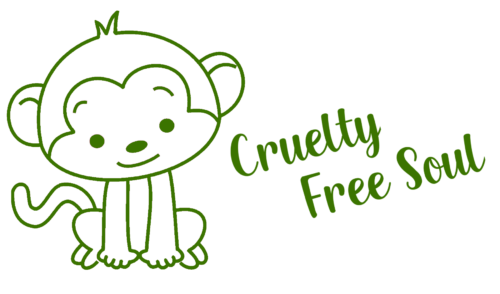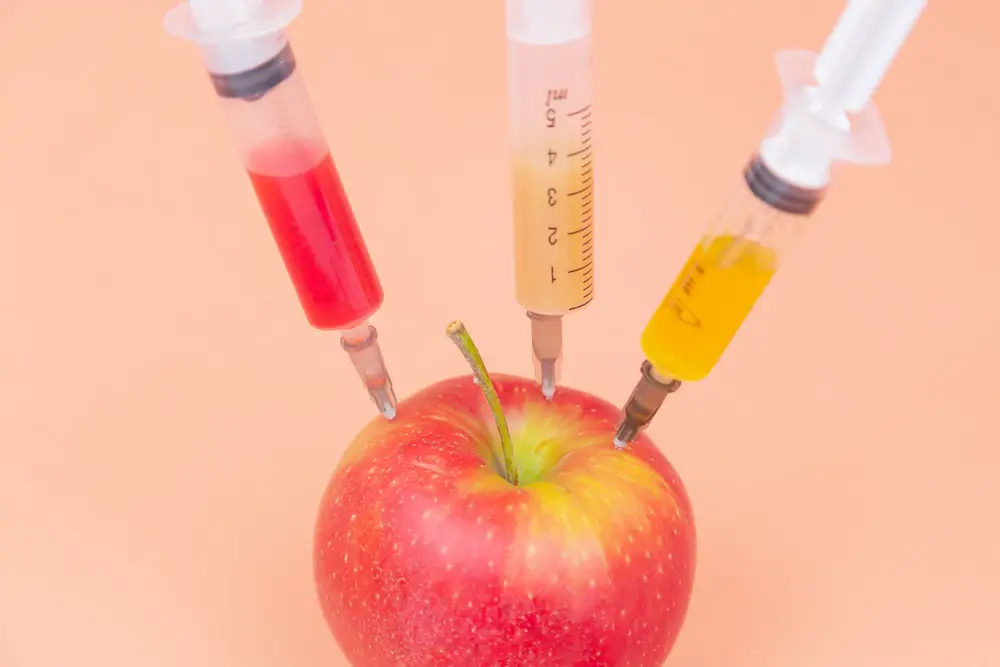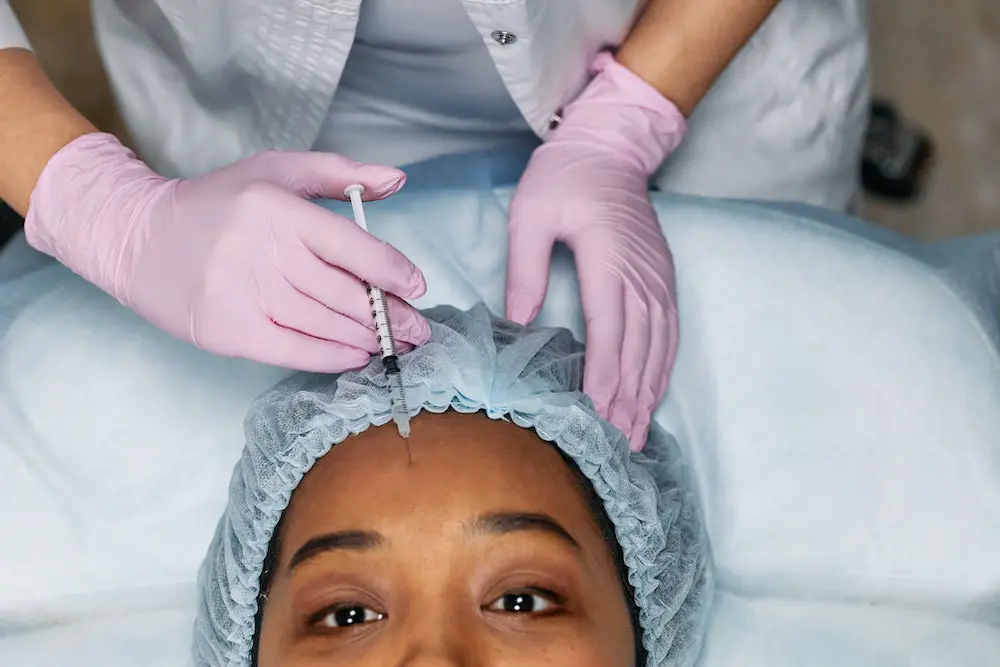The rise of veganism and animal right advocacy has seen many cosmetics brands switching to cruelty-free policies. But what about cosmetics treatments that help us feel confident? Are those Botox injections putting animals at risk?
Botox is not cruelty-free because it currently requires medical-grade animal testing. Botox cannot be vegan as animals are harmed or being harmed in its making. Some Botox also contains animal byproducts.
As recently as 2019, an estimated 400,000 mice were tested for Botox in Europe! Shocking. Let’s dive deep into the connection between Botox and animal testing and what stops it from being vegan.
Is Botox Cruelty-Free?
What is Botox Made Of?
Ever heard of botulism? The life-threatening food poisoning?
Well, that’s in Botox. In 1987, two doctors realized that a toxin from the bacterium Clostridium botulinum used to relax uncontrollable spasms in the eye could also be used for cosmetic purposes.
Dr. Jean and Dr. Alastair Carruthers spent years conducting clinical trials until, in 1993, Botox started to gain popularity.
In nature, the C botulinum bacterium is found in soil, lakes, forest, and animals’ intestinal tracts. This is usually in very small amounts.
Botox is a protein from the botulism toxin. Still, even though it’s a household name, Botox is a registered trademark- here are other botulinum toxins you might not have heard of:
How Does Botox Work?
When used in small doses, Botox temporarily disrupts a nerve’s signaling process, stopping the muscle from contracting.
This is because it blocks the chemical messenger acetylcholine, which causes muscle cells to shorten or contract. In a way, Botox forces muscles to relax.
Depending on the treatment, Botox lasts between 3-12 months and has many uses beyond frown lines.
What is Botox Used For?
Botox is best known for cosmetic treatments. While the FDA has only approved Botox use around the eyes and forehead, here are the ten most requested areas.
As mentioned earlier, Botox in earliest use was with ophthalmologists or eye doctors. In time, it became famous for other medical issues too.
Here are some unexpected medical uses for Botox – all of these are FDA approved for over 18’s unless stated.
There are also off-label uses for Botox which are unapproved by the FDA; these include:
Is Botox Vegan?
Unfortunately for vegans.
No.
Botulinum Toxin is plant-based; however, most formulas are not fully vegan.
Botox is often tested on mice to ensure its safety for humans. The rationale for this is the medical uses Botox has, but does it require animal testing for cosmetics purposes? Animal advocacy groups think not.
These mice endure a slow and agonizing death, often through full paralysis.
If you’re wondering why a product that has undergone clinical trials and been used for years still needs testing, you aren’t alone.
Batches of botox products are tested for safety using the cruel practice of mouse bioassay.
This is even though in 2015, German pharmaceutical giant Merz developed an alternative. And while the EU has strict laws banning the import and manufacturing of cosmetics tested on animals because Botox is injected and not topically applied, it escapes these laws.
Additionally, the EU Directive 2010/63 is a piece of legislation on protecting animals used for scientific research. For more details, see our article on animal testing and medicine.
Instated on 1 January 2013, the rules do not ban animal testing completely but specify housing and treatment to limit the cruelty experienced by these animals.
However, more progress is being made in alternative testing methods for medical research.
Are Eggs Ever Used to Make Botox?
Egg albumen or egg whites are used to produce many Botox brands. Doctors also watch out for any patients with egg allergies! But there are some alternatives without egg whites on the market.
Are they cruelty-free? Find out if there are Healthier Vegan Alternatives to Botox.
Should Vegans Have Botox Injections?
What you do with your body is your choice. We like to leave you with information to empower you to make the best decisions possible.
From an ethical standpoint, veganism is about reducing the exploitation of animals as much as possible.
Having a voluntary procedure to improve your looks while thousands of animals have suffered a torturous death doesn’t fit into that philosophy.
But life is complicated.
Suppose a vegan were to have a medical issue that doesn’t respond to medication or any available treatments but finds respite with doctor-recommended Botox. In that case, we don’t think they should feel guilty.
The “as much as possible” in veganism needs vegans and animal advocates to stay healthy so they can continue the work.
Are Dermal Fillers Like Restylane and Juvéderm Vegan?
While Botox blocks the nerve signal to a muscle to halt expression lines, fillers are a gel-like substance injected to give a complete and plump look. Fillers are made of hyaluronic acid.
Where does this hyaluronic acid come from?
We naturally have hyaluronic acid, but our bodies produce less as we age. That’s why it’s so many skincare products and cosmeceutical treatments. Historically most hyaluronic acids came from animal sources.
In the case of Restylane, Juvéderm, and Belotero, it comes from a synthetic source or bacterial fermentation.
However, fillers are injected, so they are considered a medical treatment, putting them in the same grey area as Botox. This means some fillers are also tested on animals.
Which Fillers are Vegan?
Dysport is egg-free, and its parent company halted animal-testing procedures in 2018.
The FDA Summary OF Safety and Effectiveness for Belotero, dated 2011, showed safety testing done on mice, rats, guinea pigs, and rabbits. The Belotero website conveniently glosses over animal testing queries in the FAQs section.
Similarly, Juvéderm and Restylane were also required to be tested on animals to get approval for medical use by the FDA.
Is Botox Safe?
Like any medical procedure, there are side effects and adverse reactions to Botox and other Botulinum Toxin injectables. And experts are advising patients to begin Botox treatments at increasingly younger ages, with some touting 25 as the prime age!
While all these horrific animal tests have taken place to ensure human safety, have we normalized Botox to the point of flippancy?
Botox Misconceptions We Need to Address
A frozen face, lopsided eyebrow lifts, loss of bladder control? Sounds frightful, but some people have experienced all of these from Botox.
While Botox and fillers are called lunch-hour treatments because of the short downtime, no medical procedure should be taken lightly.
What do we need to know?
Botox® states that there have not been any reports of toxin effects when using their product for forehead lines or wrinkles, or crows feet but do stress safety with the following warning:
Botox® may cause serious side effects that can be life-threatening. Get medical help right away if you have any of these problems any time (hours to weeks) after injection of Botox®:
All pretty serious. Here is another thing to do to stay safe.
Medical conditions your doctor will need to know if you’re planning on Botox are ALS, Lou Gehrig’s disease, myasthenia gravis, or Lambert-Eaton syndrome.
These may increase the risk of severe side effects, including difficulty swallowing and breathing, from typical doses of Botox®.
Your doctor also needs to know about your medication, recent antibiotics, previous or planned surgeries, and if you are pregnant or planning a pregnancy.
And for allergen sufferers?
It’s important to tell your medical team about all your known allergies. Botox® and similar products don’t always have their ingredient lists available online, so please be diligent about going through this with your doctor.
There have also been cases of being allergic to Botulinum Toxin. Allergic reactions to Botox® may include:
If you experience these after having Botox® or other Botulinum Toxin injectables, seek medical help immediately.
There have also been reports of muscle weakness, loss of strength, vision problems, and dizziness within hours or days of receiving Botox. Avoid driving or operating heavy machinery or other dangerous activities if this happens.
For a firsthand account of how it can go wrong, we highly recommend reading this 2018 piece from Glamour USA.
Are There Healthier Vegan Alternatives to Botox?
The Road to Cruelty-Free Botox
In 2018 Merz released a press statement about working towards alternatives to tests for their Botulinum Toxin products that would exclude mice and other animals. They also committed to reducing the number of mice tested in 2015 using alternative testing.
However, testing for safety still happens. For Merz, about 5% of the stock is tested using mouse bioassay.
Allergan, the company that initially developed Botox® and the filler Juvéderm, also set out to reduce animal testing by 95% between 2018 and 2021.
French Pharmaceutical company Ipsen replaced the LD50 (Lethal Dose) testing on mice with cell-based testing in September 2018. They’ve saved thousands of mice since!
Conclusion
Wrinkle-free can be cruelty-free!
The EU has long-held standards banning animal testing for cosmetics, but Botox is in a grey area.
If you want Botox, ask potential doctors about which brand they use. Explaining your concerns about animal rights might get them to rethink their suppliers. If you’re vegan, Dysport is the safest option for now.
There are risks involved in this cosmetic treatment, but with so many new and traditional alternatives, you can find the right anti-aging efforts for your pocket and your ethics.


